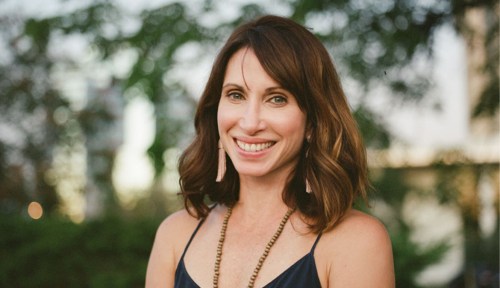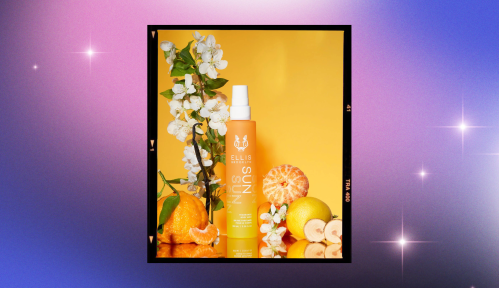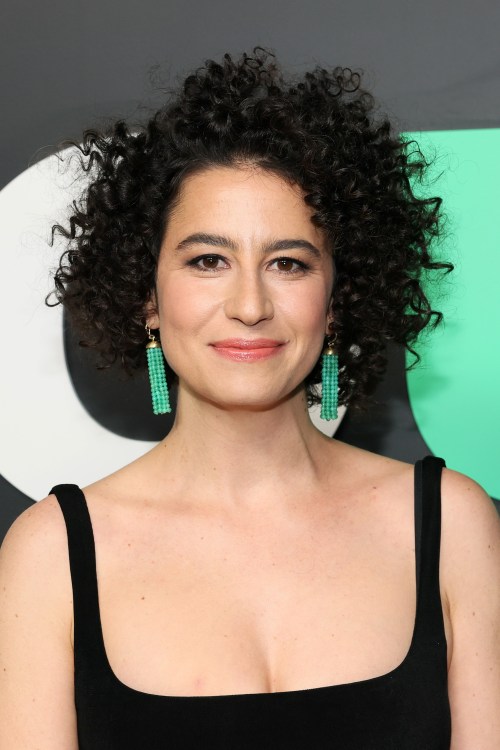Our editors independently select these products. Making a purchase through our links may earn Well+Good a commission
Peri-menopause and menopause bring about a host of changes, and a handful of them are related to the skin. That’s because estrogen levels really start to decrease during peri-menopause, then drop dramatically once menopause hits. And estrogen plays a major role in collagen production and skin moisturization. So when your estrogen levels drop, you can literally see it on your face.
Experts in This Article
Miami-based board-certified dermatologist
triple board-certified dermatologist, internist, and dermatopathologist
“Estrogen is very important for just overall skin health,” says Mamina Turegano, MD, a board-certified dermatologist in Metairie, Louisiana. “After menopause, all of these skin changes happen and we could attribute a lot of it to estrogen loss because it decreases dramatically with menopause. Things that we see are more dryness in the skin. We also see more skin laxity, so loosening of the skin. There’s more skin thinning—the top layer of the skin, the epidermis, becomes thinner. So the skin can look more like crepey where it’s like, almost like paper thin. And then of course you see more wrinkles and more sagging.”
On average, menopause begins at age 51. And this is primarily when you’ll start to notice these changes, but you can also start to experience them during peri-menopause, or the time of transition before you hit menopause, in your 40s. The timeline can vary from person to person, but the later you hit menopause, the later you’ll see these changes.
“Say you have two 60-year-old women, but one went into menopause at 40 and one went into menopause at 50,” says Heather Woolery-Lloyd, MD, a board-certified dermatologist in Miami. “The decrease in their skin thickness and collagen content, it’s going correlate more with when they lost their estrogen, not their age.”
The most direct way to manage estrogen-deficient skin is hormone therapy, but it isn’t always necessary depending on the severity of all menopausal symptoms (not just skin-related) and isn’t the best choice for everyone. A topical, hormone-free option is Emepelle, a skin-care line that uses methyl estradiolpropanoate (MEP) to mimic the effects of estrogen in the skin. It binds to and activates receptors in the skin that turn on fibroblasts.
“Fibroblasts are these little cells that actually produce collagen and build collagen,” says Dr. Turegano, who works with Emepelle. “They also help increase the amount of hyaluronic acid that naturally lives in between our collagen fibers and the dermis.”
The line comprises three products: the Night Cream ($195), the Eye Cream ($98), and the Serum ($175). Each has MEP technology along with tried-and-true skin-care ingredients. The Night Cream contains retinoids, niacinamide, and peptides to regulate cell turnover, soothe, and hydrate skin. The Eye Cream has mango seed butter and hyaluronic acid to plump and hydrate along with caffeine and antioxidants to rejuvenate and brighten. And the Serum contains protective antioxidants as well as firming peptides and plumping hyaluronic acid.
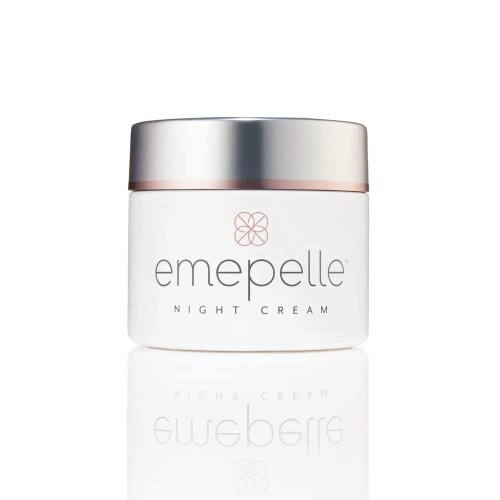
Emepelle Night Cream — $195.00
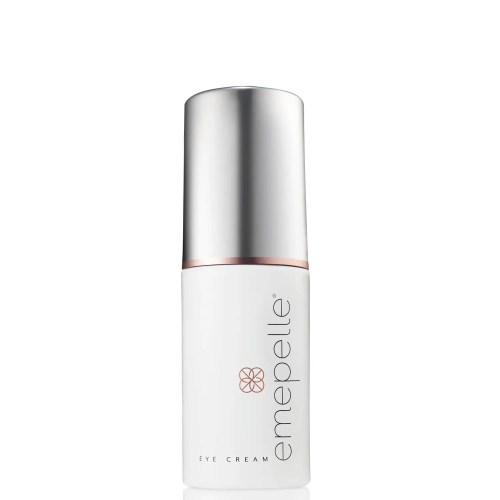
Emepelle Eye Cream — $98.00
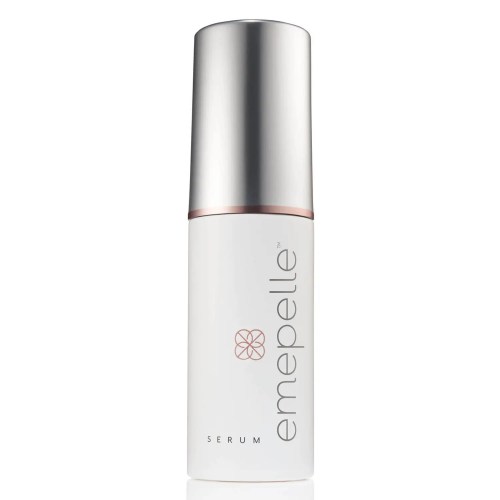
Emepelle Serum — $175.00
And while there’s no other ingredient out there that mimics the effect of estrogen on fibroblast production like MEP, there are other (more affordable) ingredients that can help counteract the symptoms of estrogen-deficient skin. Dr. Woolery-Lloyd says the two most important ones are retinoids and ceramides.
“Retinoids help with increased skin thickness,” says Dr. Woolery-Lloyd. “They reduce fine lines and wrinkles.” Tretinoin, the prescription retinoid, is proven to increase collagen production, so she says it’s safe to assume that over-the-counter retinoids do the same. Her two favorite retinoids are the RoC Retinol Correxion Deep Wrinkle Serum ($21) and SkinCeuticals Retinol ($78 to $100). “RoC has been well-studied, so that would probably be my first choice,” she says. The SkinCeuticals one is great because it comes in three strengths—0.3, 0.5, and 1. “Start with the lowest and then increase as tolerated,” she says. And though this one is pricey, know that a little goes a long way. “Always use it sparingly—a pea size amount for the full face. And add a moisturizer,” she says.

RoC Retinol Correxion Deep Wrinkle Serum — $21.00
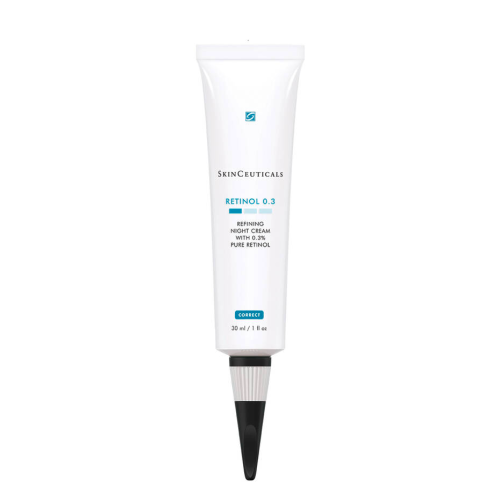
SkinCeuticals Retinol — $78.00 to $100.00
“Just as much as wrinkles, dryness is a big, big complaint” of those with estrogen-deficient skin, says Dr. Woolery-Lloyd. That’s because as the skin loses estrogen and gets thinner, it’s harder for it to retain moisture. Ceramides are great because they strengthen the skin barrier and allow it to better hold on to moisture. Her favorites are the CeraVe Moisturizing Cream ($16) and Pond’s Rejuveness Pond’s Anti-Wrinkle Cream ($14). This Pond’s cream doesn’t contain ceramides, but it does include Borago Officinalis Seed Oil, an ingredient that increases the skin’s production of ceramides. “If you want something heavy, reach for Pond’s,” says Dr. Woolery-Lloyd. “That’s why we think of more mature women using Pond’s because it really provides a lot of deep moisture.”
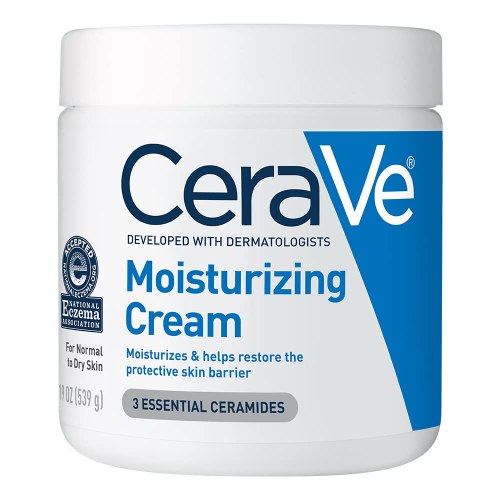
CeraVe Moisturizing Cream — $16.00
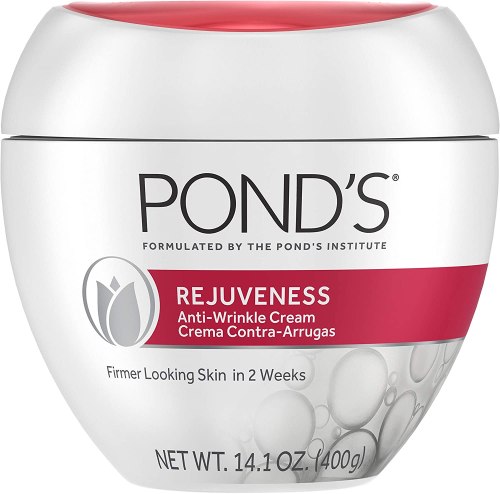
Pond's Rejuveness Pond's Anti-Wrinkle Cream — $14.00
The hormonal changes that come with menopause can do a number on your skin. Bug luckily, you can follow the above recommendations to keep it strong and healthy before, during, and after menopause.
Sign up for the Well+Good SHOP Newsletter
Get exclusive deals on wellness, beauty, fitness, and food products that have been hand-picked by our editors.
Got it, you've been added to our email list.
